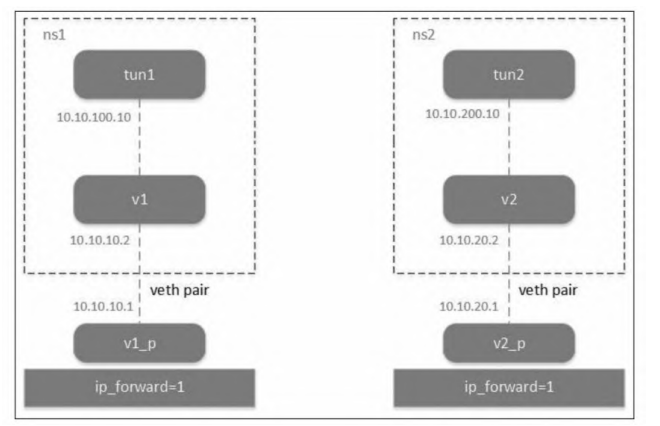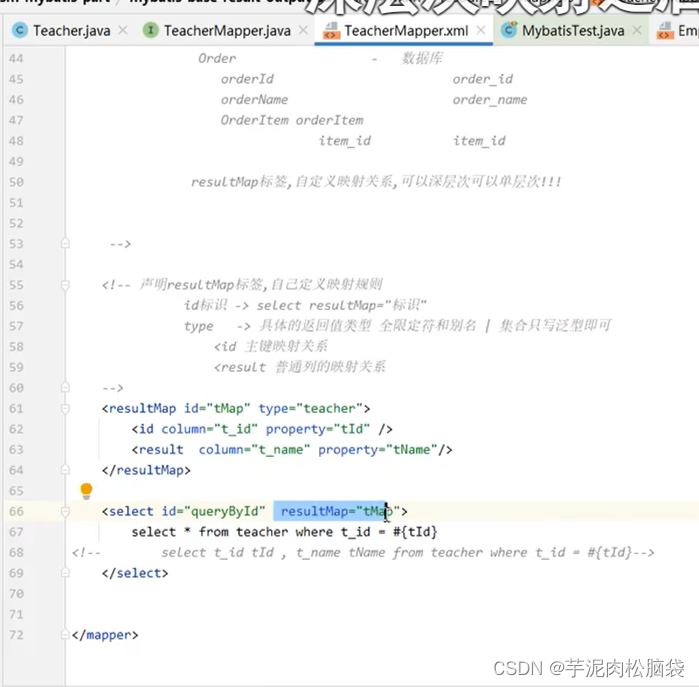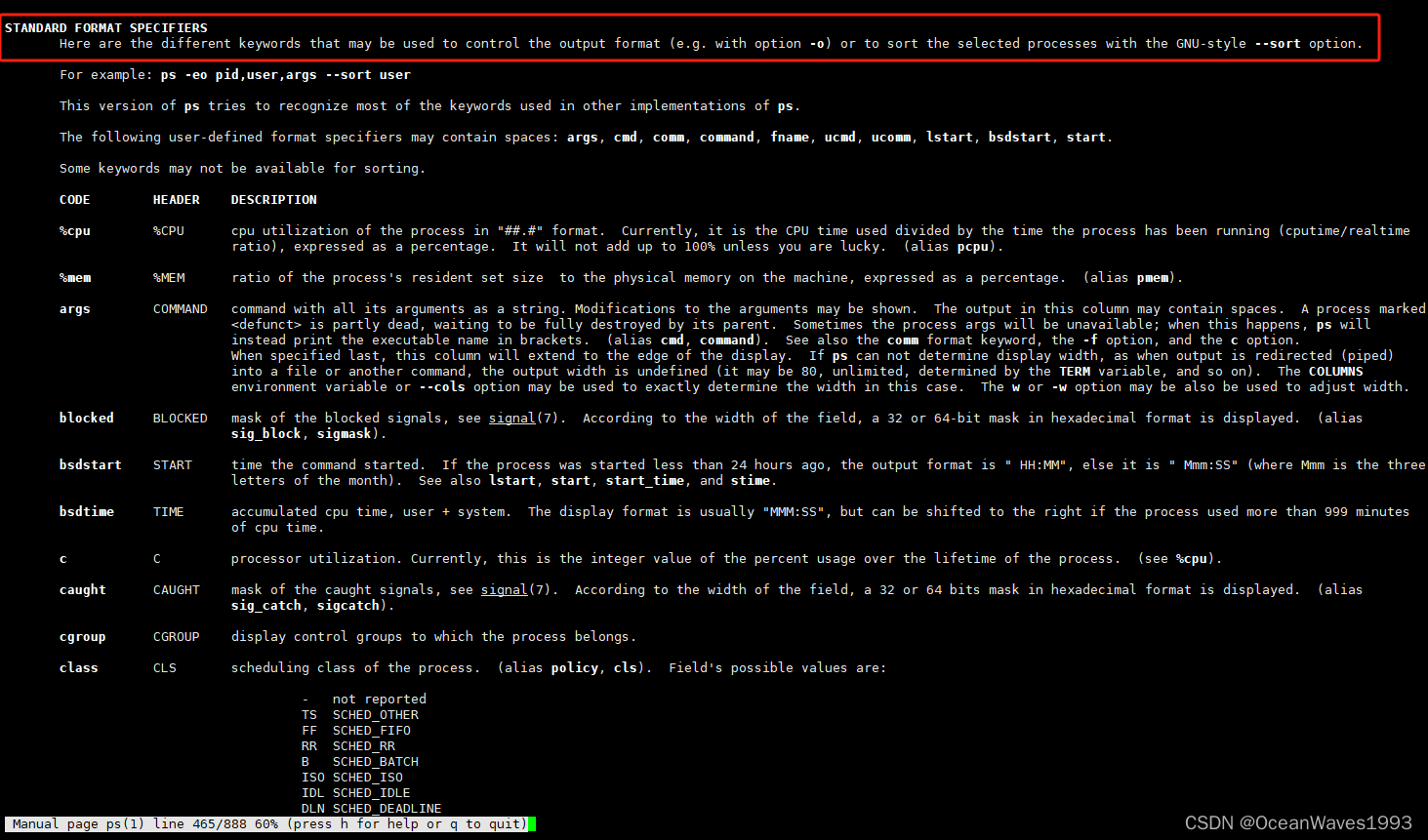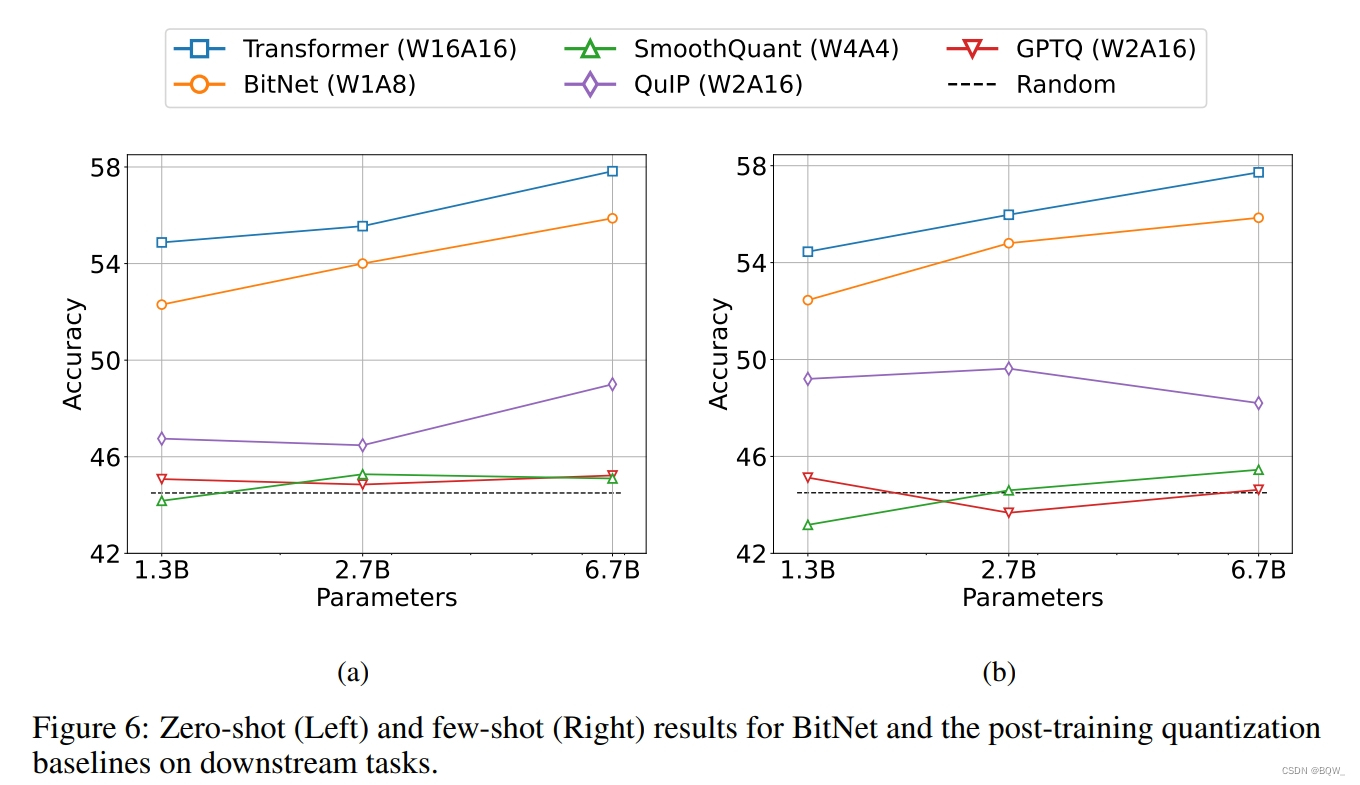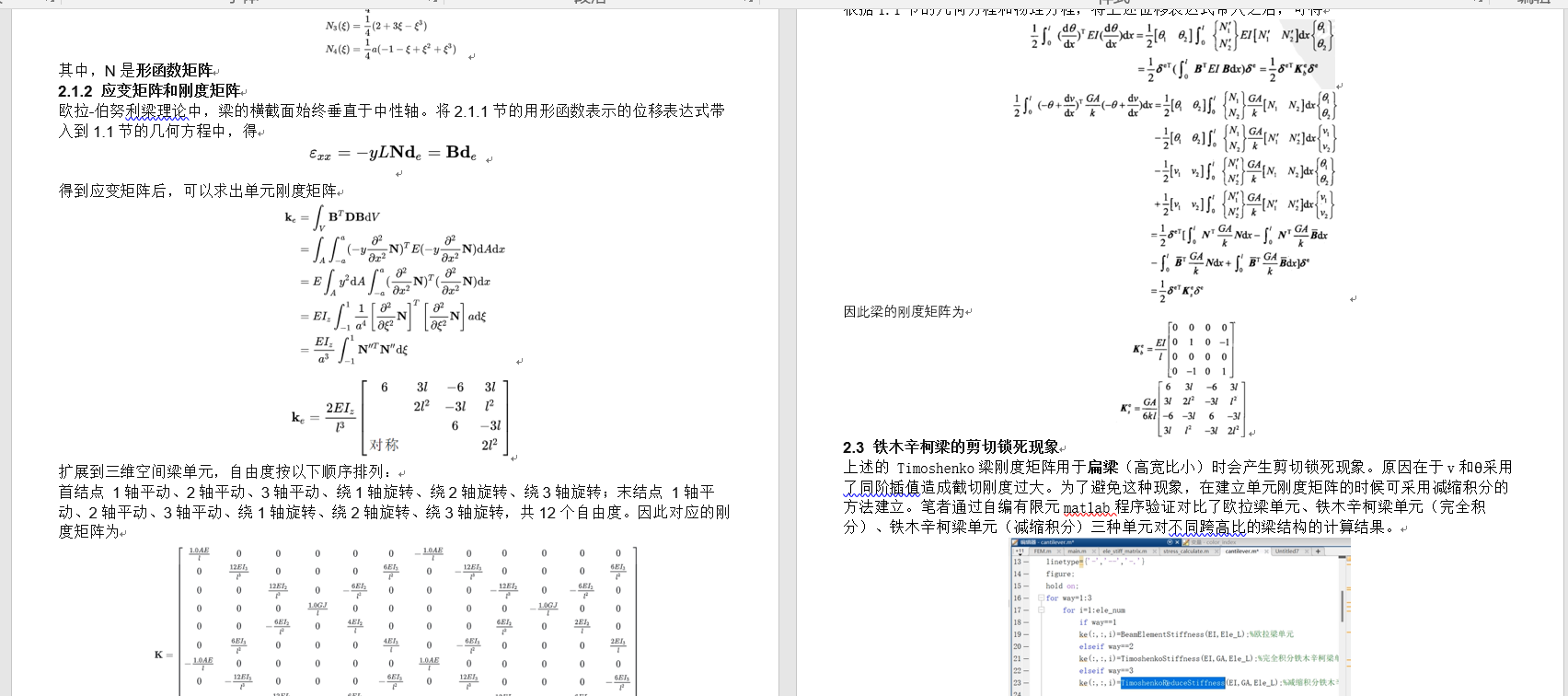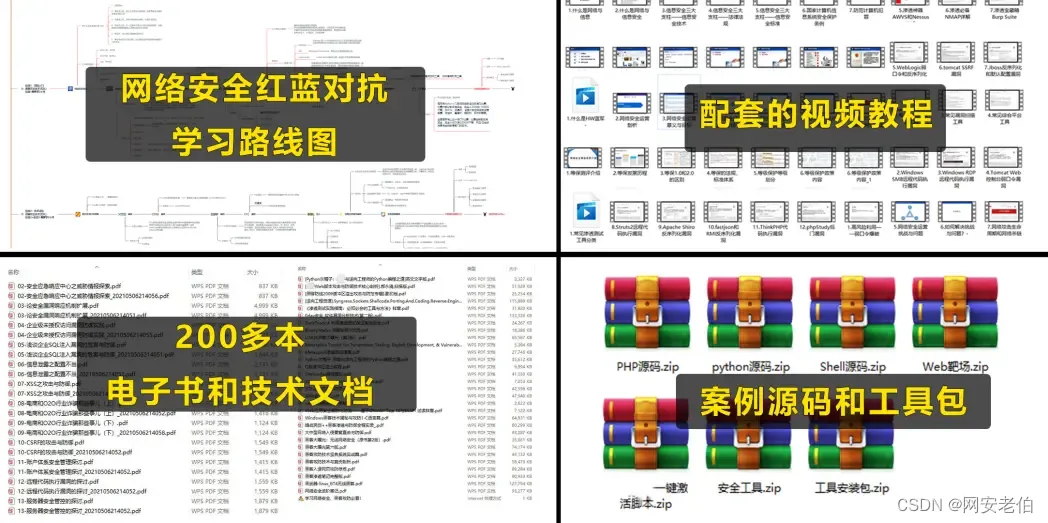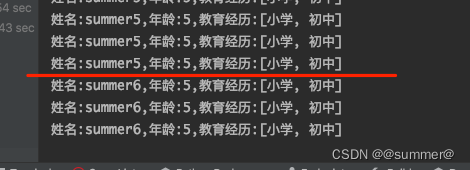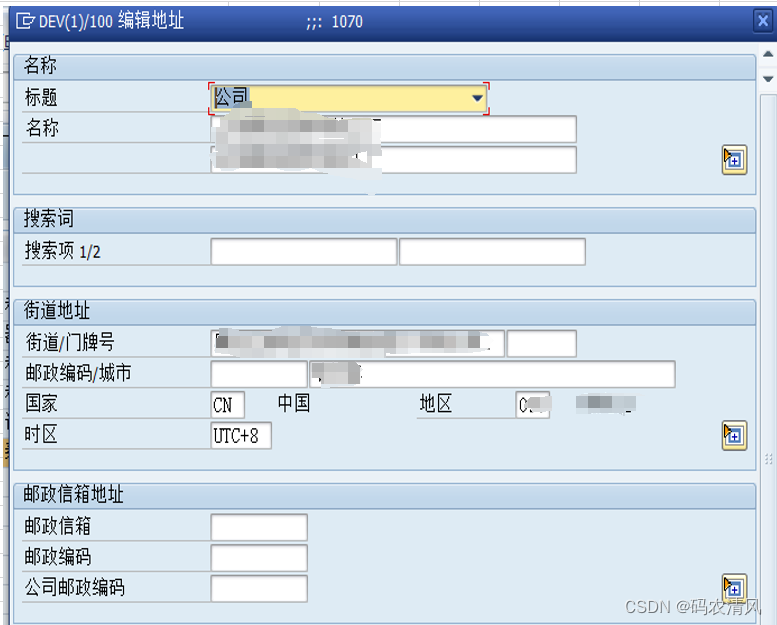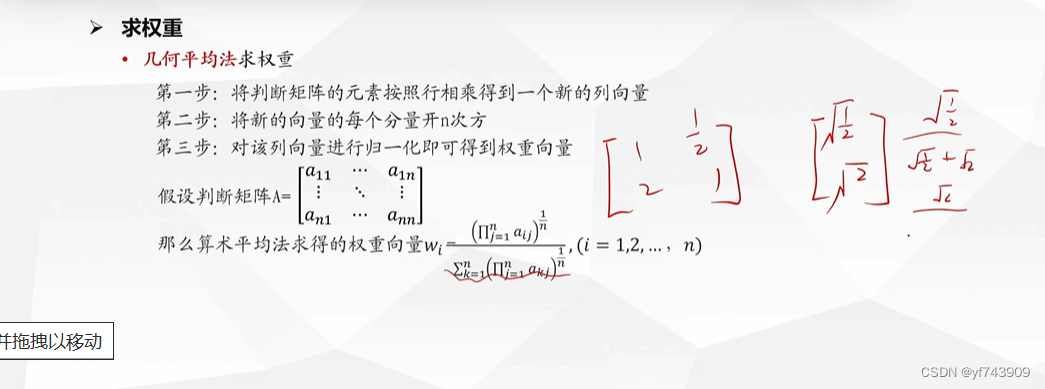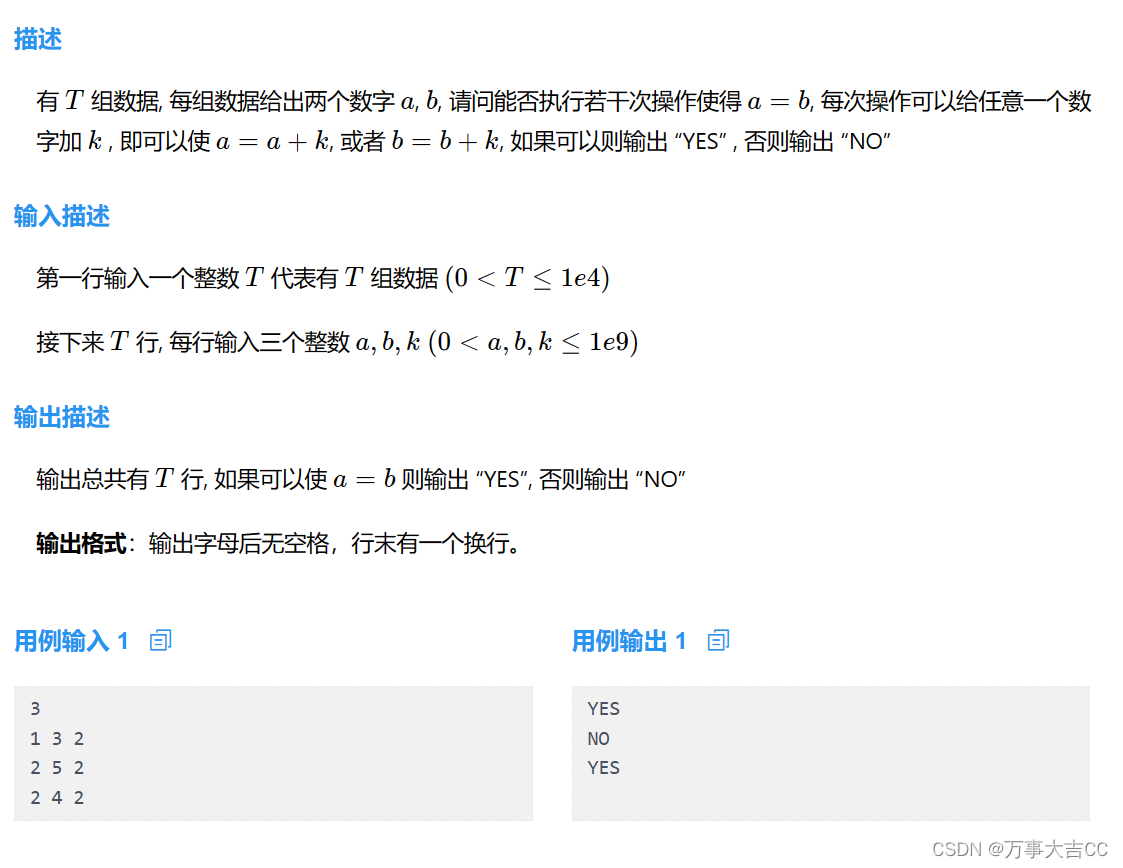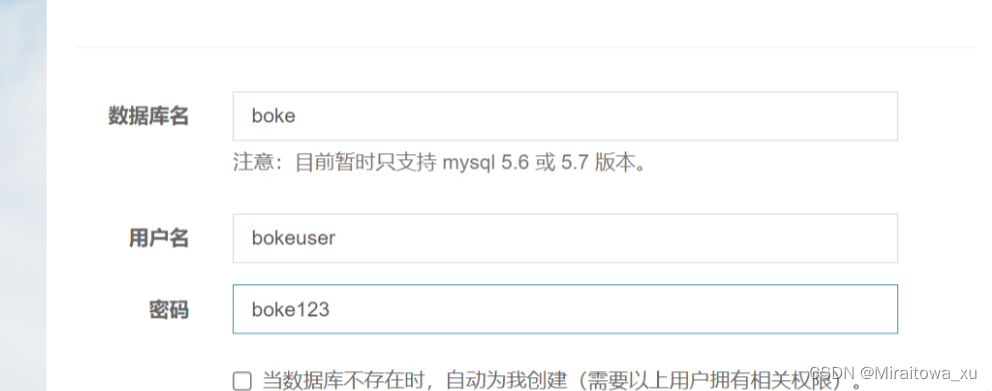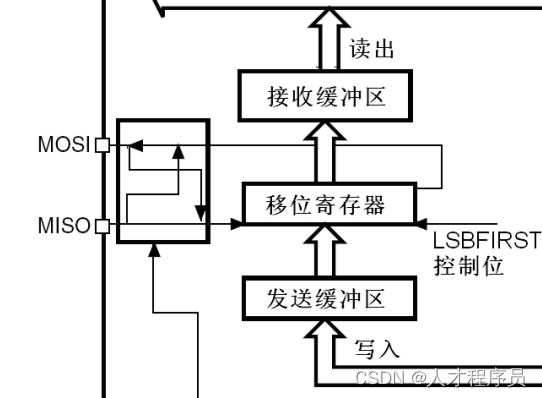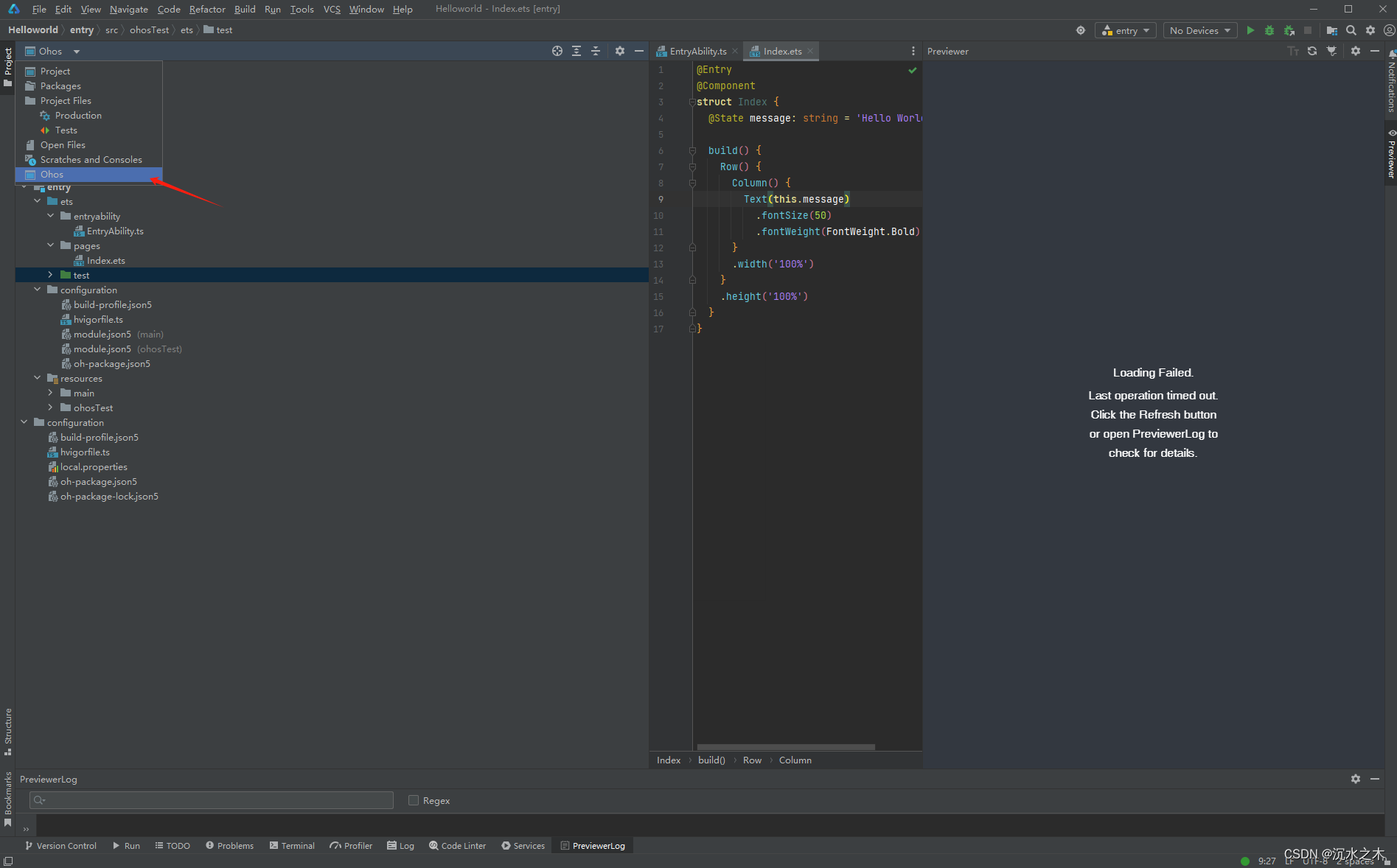平时监控GPU状态最常用的是watch配合nvidia-smi指令,但有时可能不仅仅需要监控,还需要记录状态数据,比如GPU的显存变化以及利用率变化等等。本文提供了一个使用nvidia-ml-py包编写的简易Demo,该Demo能够实现简易版的nvidia-smi功能。
环境安装:
pip install nvidia-ml-py
pip install prettytable
关于nvidia-ml-py接口文档可以参考:http://developer.nvidia.com/nvidia-management-library-nvml
import time
import pynvml
from prettytable import PrettyTable
class GPUMonitor:
def __init__(self) -> None:
pynvml.nvmlInit()
self.driver_version = pynvml.nvmlSystemGetDriverVersion()
self.cuda_version = pynvml.nvmlSystemGetCudaDriverVersion()
self.num_device = pynvml.nvmlDeviceGetCount()
def get_current_info(self) -> PrettyTable:
info = f"Driver Version:{self.driver_version}" + " " * 12
info += f"CUDA Version:{self.cuda_version}"
table = PrettyTable(["Device ID", "Device Name", "Temp", "Used/Total Mem(MB)", "GPU Util"], title=info)
for idx in range(self.num_device):
handle = pynvml.nvmlDeviceGetHandleByIndex(idx)
device_name = pynvml.nvmlDeviceGetName(handle)
mem_info = pynvml.nvmlDeviceGetMemoryInfo(handle)
total_mem = int(mem_info.total / 1024 / 1024)
used_mem = int(mem_info.used / 1024 / 1024)
util = pynvml.nvmlDeviceGetUtilizationRates(handle).gpu
temp = pynvml.nvmlDeviceGetTemperature(handle, 0)
table.add_row([idx, device_name, f"{temp}C", f"{used_mem}/{total_mem}", f"{util}%"])
return table
def monitor_script():
import argparse
parser = argparse.ArgumentParser(description="Monitor GPU Tools", add_help=True)
parser.add_argument("-n", "--interval", type=float, default=1.0, help="seconds to wait between updates")
args = parser.parse_args()
interval = args.interval
print(f"update interval: {interval:.1f}s")
monitor = GPUMonitor()
try:
while True:
table = monitor.get_current_info()
rows = str(table).count("\n") + 1
print(table)
time.sleep(1)
print(f"\033[{rows}A", end="")
except KeyboardInterrupt:
pass
if __name__ == '__main__':
monitor_script()
执行python main.py -n 0.5效果展示:

